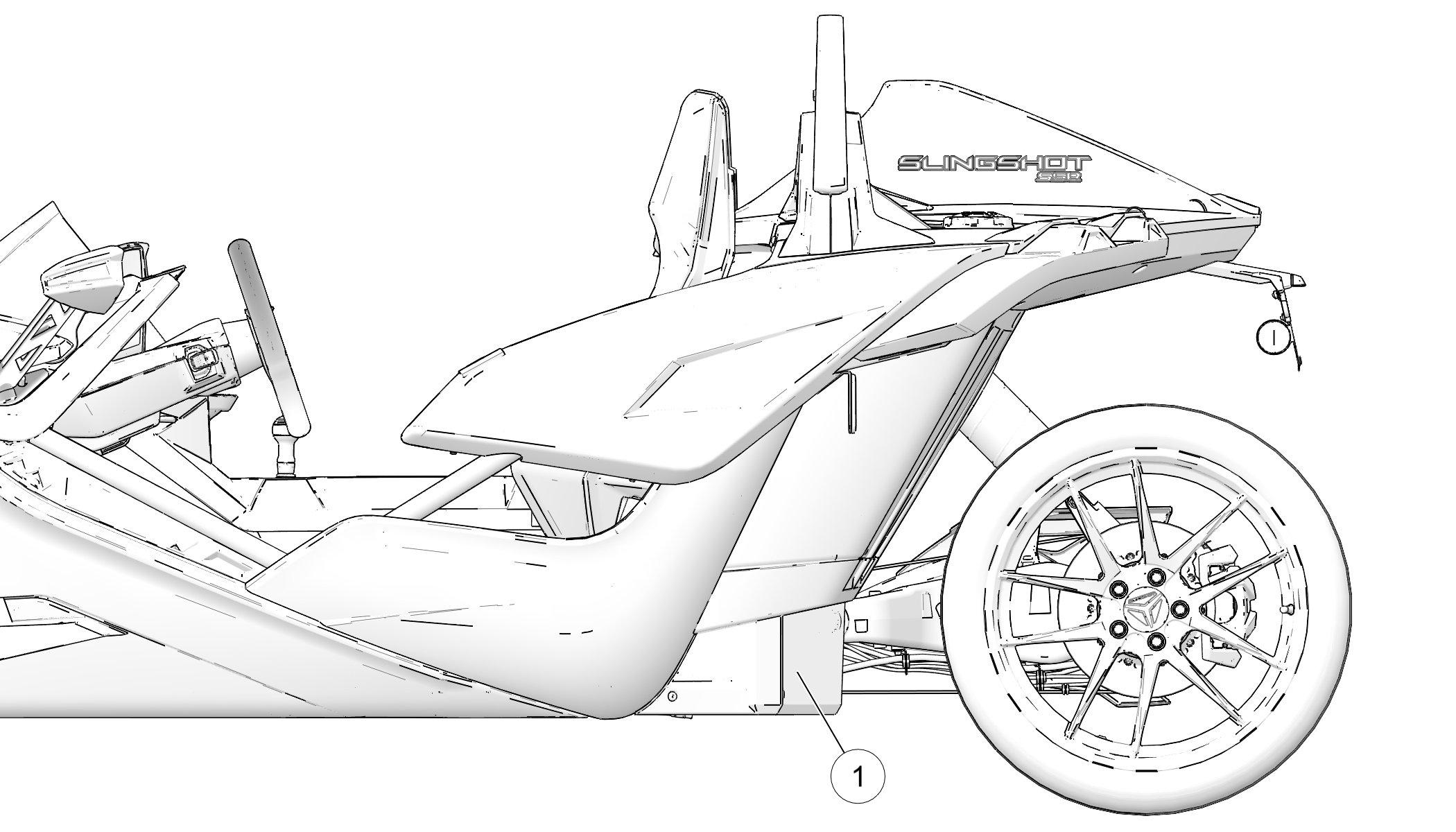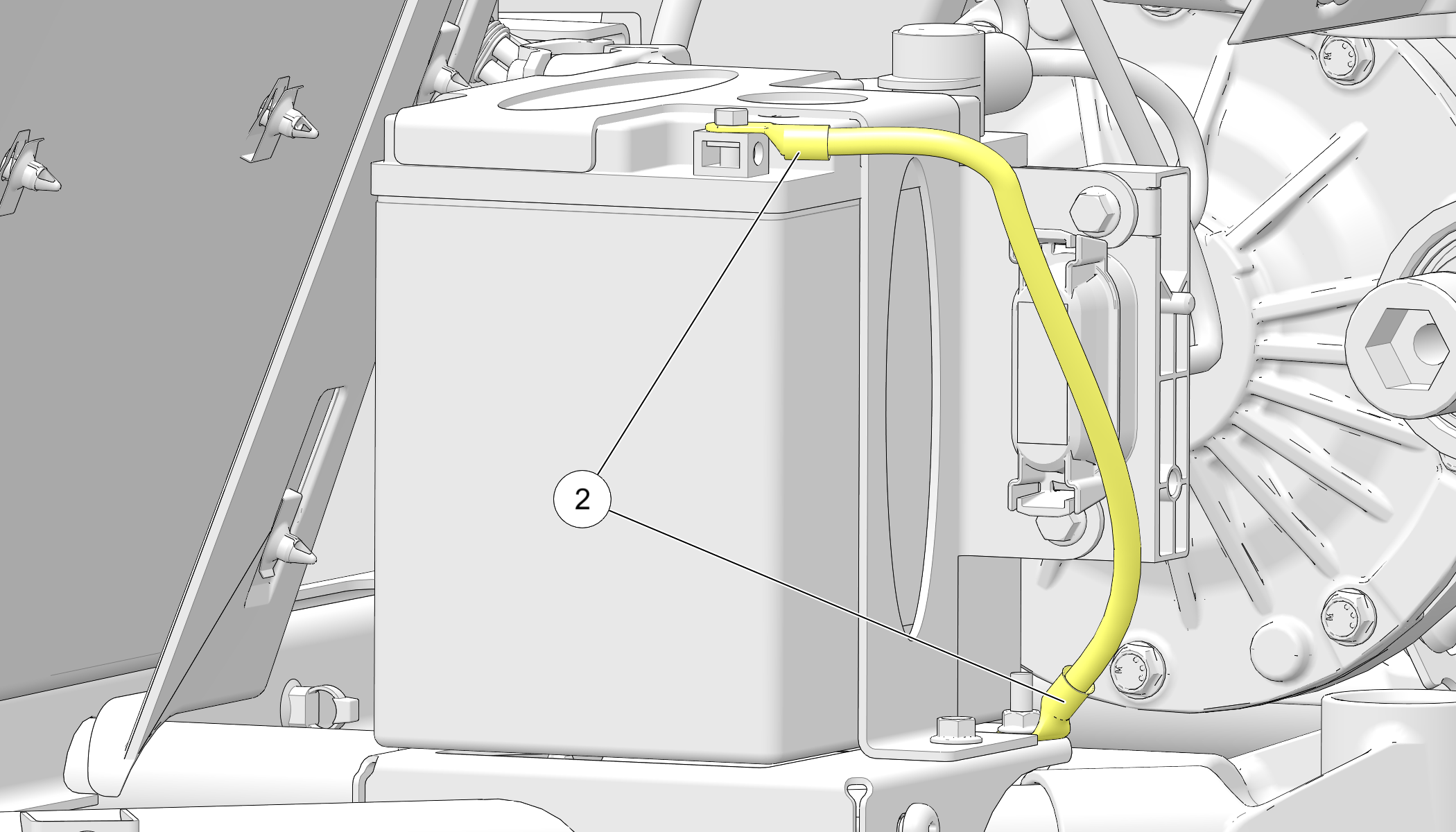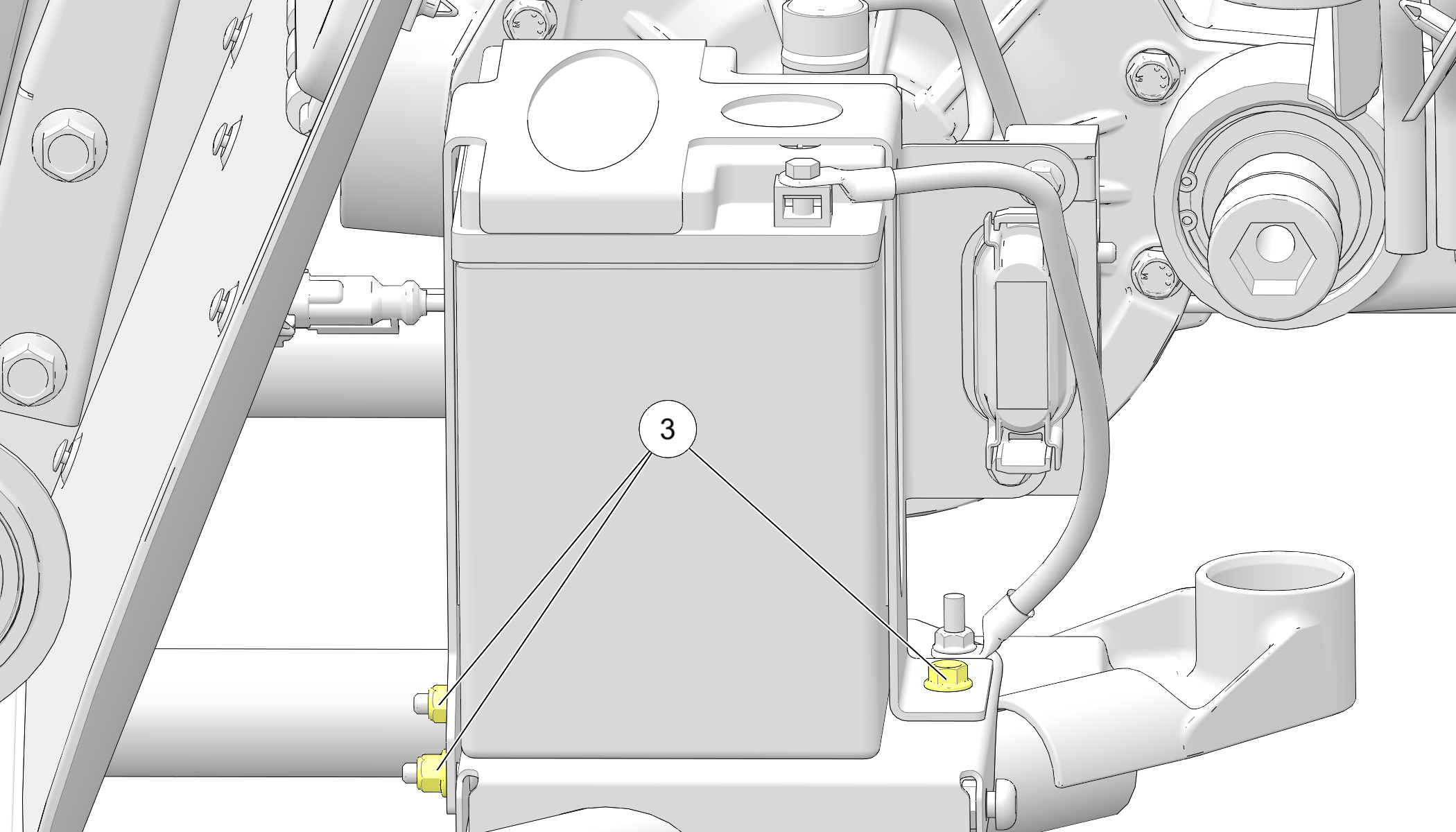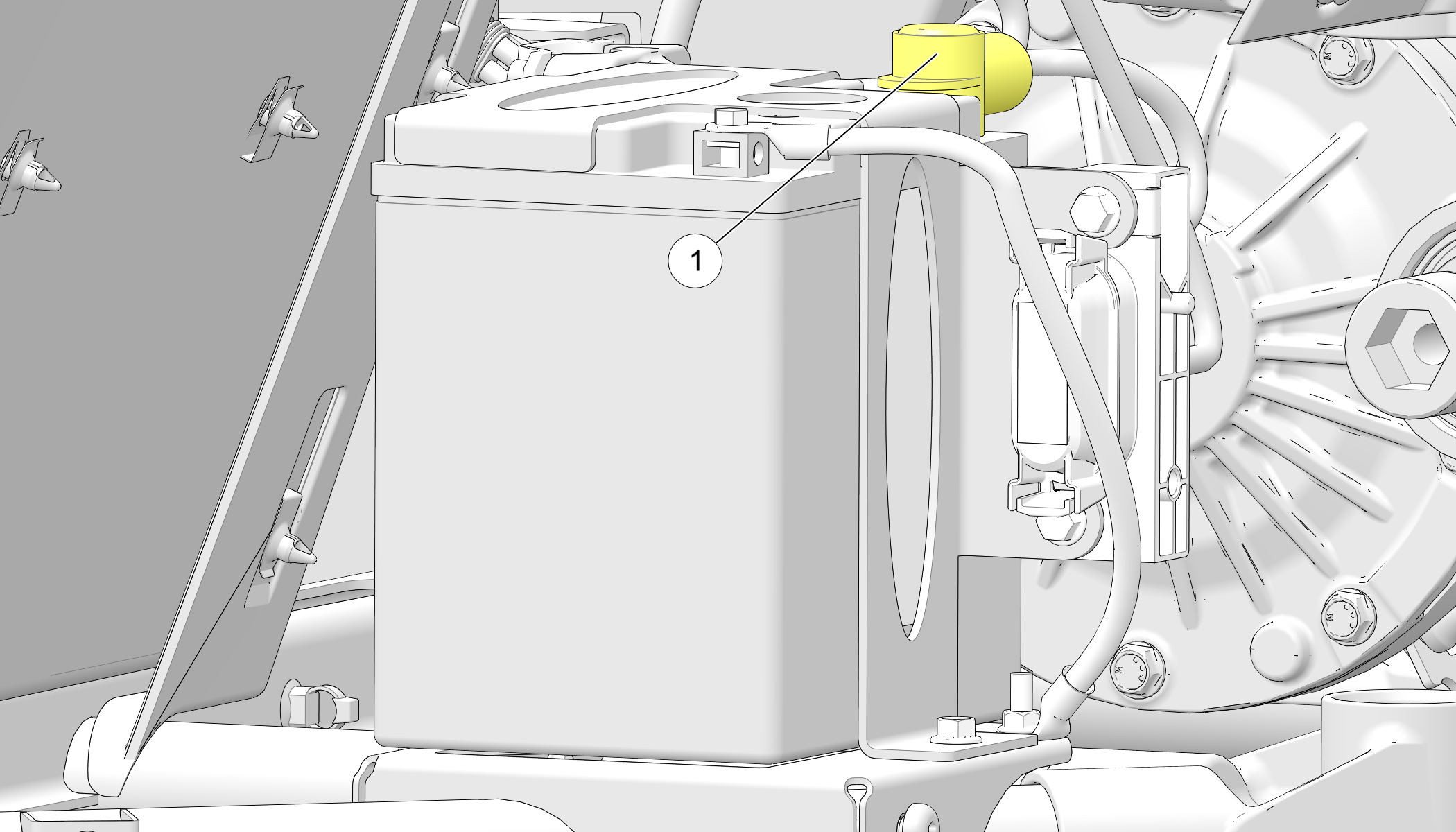
Content Source: 2019 Slingshot Owner’s Manual (9928978 REV 05) > Maintenance Chapter
| IMPORTANT |
|
The Owner's Manual for this vehicle contains warnings, instructions and other information you must read and fully understand before safely riding or performing maintenance on this vehicle.Always follow the warnings and instructions in Owner's Manual. Click the CONTENTS link above for the Table Of Contents, or download a full PDF of the Owner Manual in the Owner Support area of Polaris.com |
| Improperly connecting or disconnecting battery cables can result in an explosion and cause serious injury or death. When removing the battery, always disconnect the negative (black) cable first. When reinstalling the battery, always connect the negative (black) cable last. |
| Battery electrolyte is poisonous. It contains sulfuric acid. Serious burns can result from contact with skin, eyes or clothing.Antidote:External: Flush with water.Internal: Drink large quantities of water or milk. Follow with milk of magnesia, beaten egg, or vegetable oil. Call physician immediately.Eyes: Flush with water for 15 minutes and get prompt medical attention.Batteries produce explosive gases. Keep sparks, flame, cigarettes, etc. away. Ventilate when charging or using in an enclosed space. Always shield eyes when working near batteries. KEEP OUT OF REACH OF CHILDREN. |





| IMPORTANT |
| The use of non-AGM battery chargers or non-AGM battery tenders may result in a misleading “battery not found” or “open cell” fault message. Please ensure you are using the recommended AGM charger when charging AGM type batteries. |
The time listed on the PU-50296 battery tester printout is an estimate. The recommended automatic charger will indicate when the battery is fully charged on its display.
| Always check to ensure the positive cables are connected to the positive terminals before powering the charger on. Reversing polarity when charging can damage electrical components and risk personal injury. Be careful not to let battery cable clamps touch each other. |
|
Battery PN |
Charging Time |
Battery Capacity |
Charging Rate |
|---|---|---|---|
| 4014609 | 18 hours | 30 AH | 2 amps |
| DO NOT jump start using the alternator positive terminal. In certain conditions, the current load created by the starter may exceed the capability of the fusible link. |
© Copyright Polaris Industries Inc. All rights reserved.